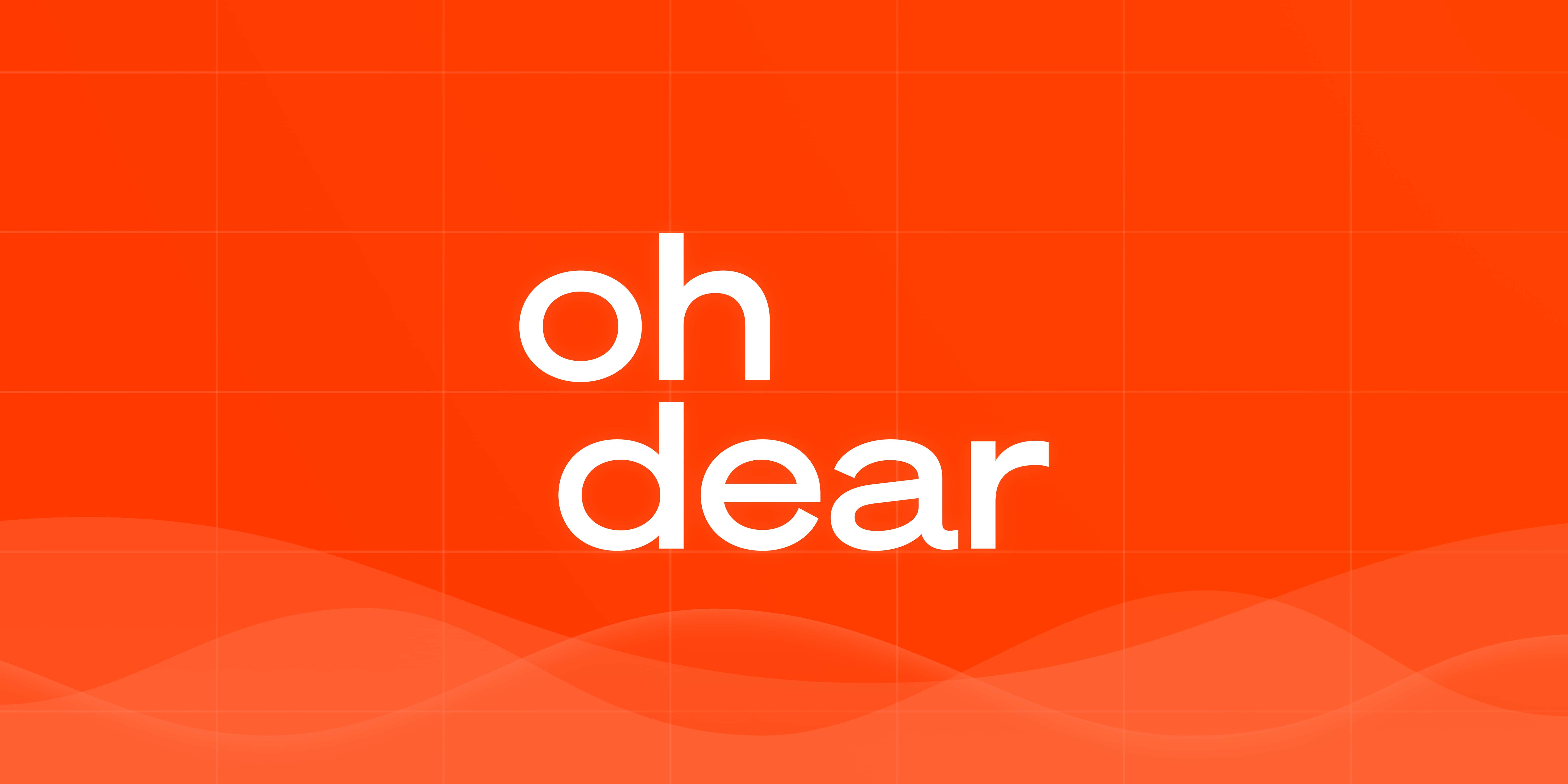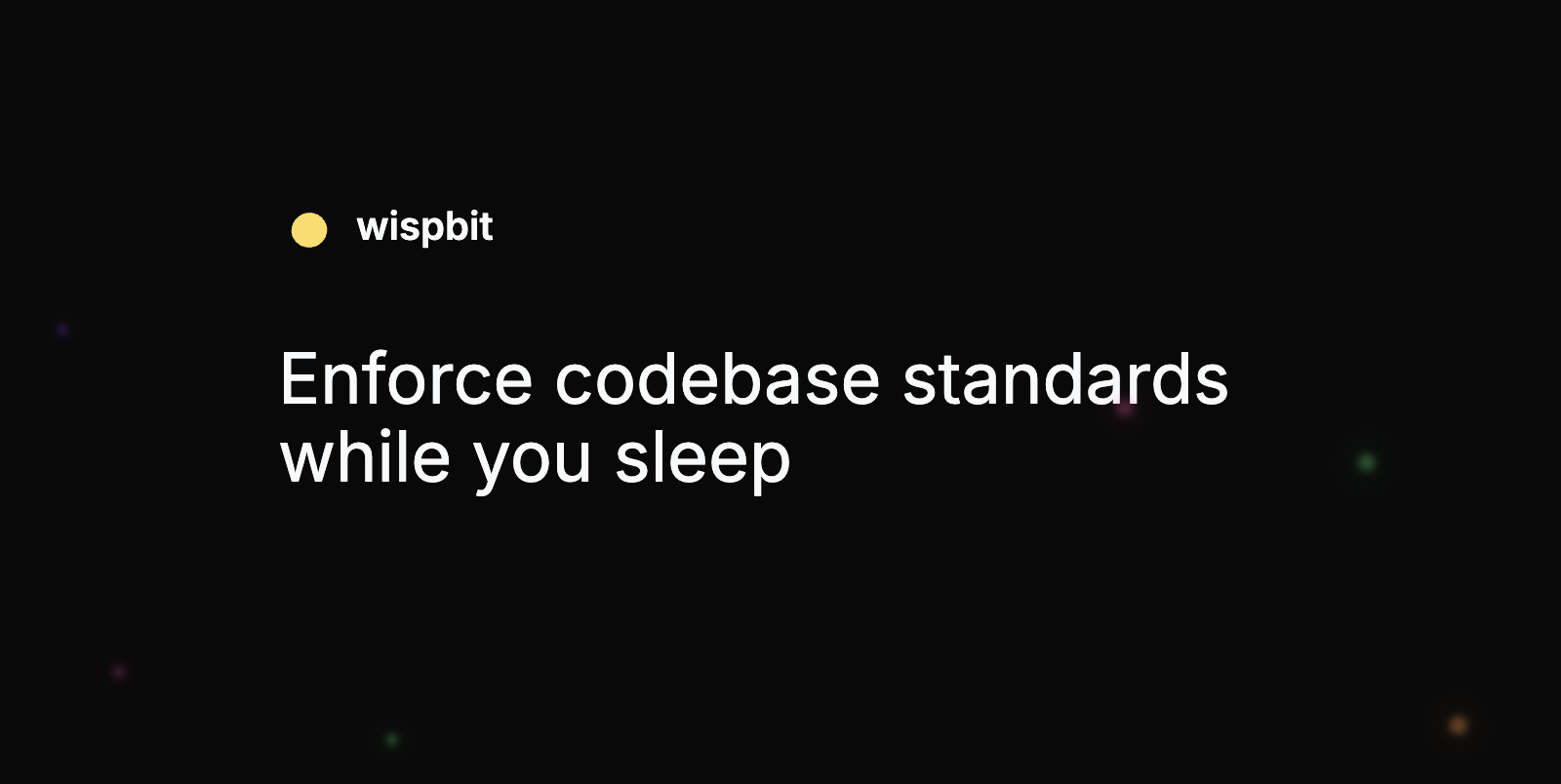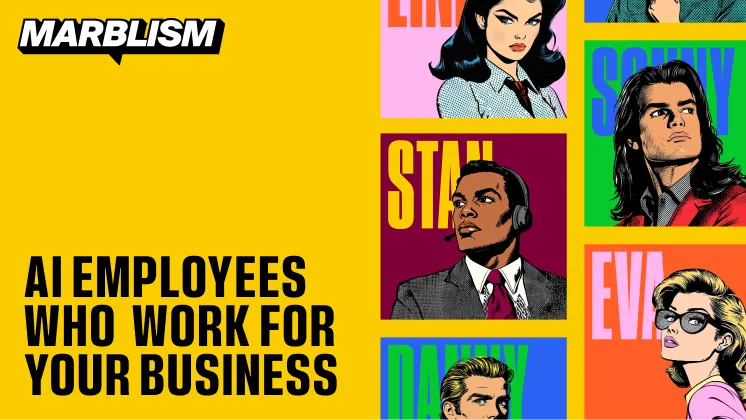DevOps Articles
Curated articles, resources, tips and trends from the DevOps World.
Top 5 Large Language Models and How to Use Them Effectively
Summary: This is a summary of an article originally published by The New Stack. Read the full original article here →
Modern https://roadmap.sh/guides/introduction-to-llms?utm_source=thenewstack&utm_medium=website&utm_content=inline-mention&utm_campaign=platform are pre-trained on a large corpus of self-supervised textual data and are then tuned to human preferences via techniques such as reinforcement learning with human feedback (RLHF). LLMs have seen rapid advances over the last decade or so, and particularly since the development of GPT (generative pre-trained transformer) in 2012.
In both cases, the results would be imperfect but could be quickly reviewed and fixed by a human reviewer as needed.
“This requires both database querying via SQL and the ability to work with that corpus of unstructured PDF data.
As the https://ai.meta.com/research/publications/llama-2-open-foundation-and-fine-tuned-chat-models/ described, “[C]losed product LLMs are heavily fine-tuned to align with human preferences, which greatly enhances their usability and safety.
Product
Useful Links
Made with pure grit © 2025 Jetpack Labs Inc. All rights reserved. www.jetpacklabs.com





